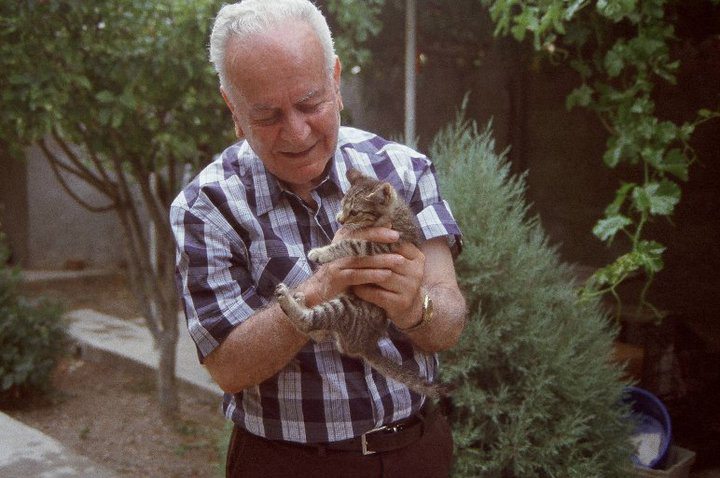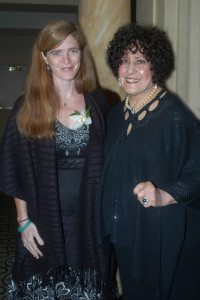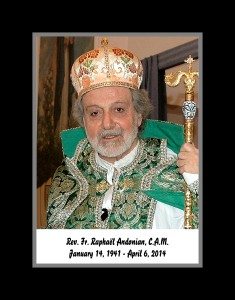A New Yorker, Gregory Lima went to Tehran, Iran, in 1958 to start Kayhan International, which became, in its heyday, the leading English-language newspaper in the Middle East. He remained with Kayhan, first as editor, then as special correspondent and critic, through its demise in the revolution of 1978–79.
![Obituary: Gregory Lima, 88, Journalist and Author greg lima 220 Obituary: Gregory Lima, 88, Journalist and Author]()
Gregory Lima
He was born in 1925 on his mother’s kitchen table in Brooklyn, the first of six children. His mother was a seamstress and a shop steward for the ILGWU. His father owned a fruit-and-vegetable store. They were immigrants from Sicily.
Though he lived his life in three continents, he came of age as a child of Depression-era New York.
His first job, delivering groceries for his father, “meant exploring all the cellars in the neighborhood, for deliveries were made from the cellar through a dumbwaiter system,” he wrote in his memoir, a work in progress. In those cellars he found the tenants’ abandoned books and began to build his eclectic library.
An early poem, “Ferry to Hoboken,” now lost, caught the eye of teachers and administrators at Edward Stitt Junior High School, and he was made editor of the school’s literary magazine, Laurel Leaf.
He went on to DeWitt Clinton High School, where he shared a circle with the poet Emile Capouya and the writer James Baldwin. He dropped out during his senior year to enlist in the U.S. Army.
From basic training in North Carolina and Cape Cod, to waiting for action in England, to the “seasick landing at Utah Beach in the Normandy invasion,” and as a soldier laying out telephone wire in France, Belgium, and Germany, his war was a time of exploration and discovery. Officers read soldiers’ outgoing mail to make sure they weren’t divulging sensitive information. Gregory was bemused to find that his letters to his mother – and to girls he met in Europe – were serving to improve the prose of those officers’ own correspondence.
After the war, he set out for college on the GI Bill, graduating with honors from Syracuse University and going on to do graduate work at the New School for Social Research. He continued his studies – and his adventures – at the University of Toulouse and in Heidelberg and Würzburg in Germany. In his little Volkswagen he explored the postwar continent.
Noticing that GIs returning home in droves would need civilian clothes, he started American Designs, and made good money selling suits and outsourcing the work to Asia. Hee kept writing, however, and soon he was called to Iran by the forward-looking publisher of one of the Persian-language dailies, Kayhan. The invitation came with a nice check, and he went.
The new daily, Kayhan International, was a success, read by Western-educated Iranians and the growing community of expatriates. Gregory said there were 70,000 Americans in Iran in the 1970s; in a series of articles about Iran’s minorities, he included one titled “The Yankees.”
He married a member of another minority, the Armenians, in 1962. An insatiable reader, he was knowledgeable about Armenian history and culture by the time he met her family. Karina Arzooian’s family embraced him as one of their own, and he treated her younger brother Razmik as his own son. Gregory and Karina soon had two sons of their own, Vincent and Eric.
He started a firm, International Communicators, that helped a range of companies establish their businesses in Iran.
He wrote The Revolutionizing of Iran (1973), a volume about the shah’s reforms, the so-called revolution from above. As part of those reforms, in lieu of mandatory military service, young Iranian men with an education could join the Literacy Corps, a campaign to spread literacy in Iranian villages. An article Gregory wrote about healthcare delivery in an Armenian village cluster in central Iran inspired the establishment of a parallel Medical Corps.
His second book, The Costumes of Armenian Women (1974), richly illustrated by the photographer Peter Carapetian, was sold out instantly.
Though he now spent less time at the paper, his feature stories remained a fixture of Kayhan International’s weekend edition. In them, he took readers along with him on his voyages of discovery – on an archeological dig in the Caspian region, to an arts festival in the city of Shiraz, and well beyond Iran’s borders to Japan, Australia, South Africa, and across the Indian Ocean and the Persian Gulf.
He stayed in Iran through the revolution of 1978–79 but left soon after the raid on the U.S. Embassy. Back in the country of his birth, he might have capitalized on his deep knowledge of Iran. Instead he returned to the New School to earn a master’s degree in international relations and to help him gain perspective on the upheaval he had witnessed. Years later, on his eightieth birthday, a friend from Iran gave him a glass sculpture on which he had etched the apt encomium, “The beautiful American.”
Now established in Patterson, New York, in the summer home his father had bought when his fruit-and-vegetable business was thriving, he started exploring the Hudson Valley. He described his findings in long letters to his elder son, who, with Gregory’s reluctantly granted permission, had chosen to stay behind in Iran for a few years.
Before long, though, Gregory’s mind was back in Europe and he was traveling to Albania – home of his good friend Nua Shala – and to Kosovo, Montenegro, and beyond. In 2012, he published two books on the Balkans: The Amerikani and Journey to Macedonia. The latter volume reproduced an influential report he had written after a 1998 trip, where he interviewed the Albanian political elite and members of the Kosovo Liberation Army.
He made his first trip to Armenia in 2005. For some years after that, he lived a few months a year in Yerevan, the capital, where he was able to spend time with his granddaughters Noor and Arev – and contributed feature stories on Armenian art and artists to his son’s newspaper, The Armenian Reporter.
Less than a month before his death, over Christmas, he spent a few happy days gathered with his wife, children, and grandchildren. They looked back on a joyful year, during which his son Eric became the proud father of a son, Milo, established a successful Invention Factory at the Cooper Union, and earned tenure as a professor of mechanical engineering there.
He said he was enjoying his life: Karina’s inspired cooking, their garden, their grandchildren, as well as his projects and works in progress.
Gregory died peacefully – a day after experiencing a massive stroke – in Danbury, Conn., in the company of his wife of 52 years, his sons, and his daughter-in-law. At the time, he was working on the sixth chapter of his memoir, The Way it Was.
















